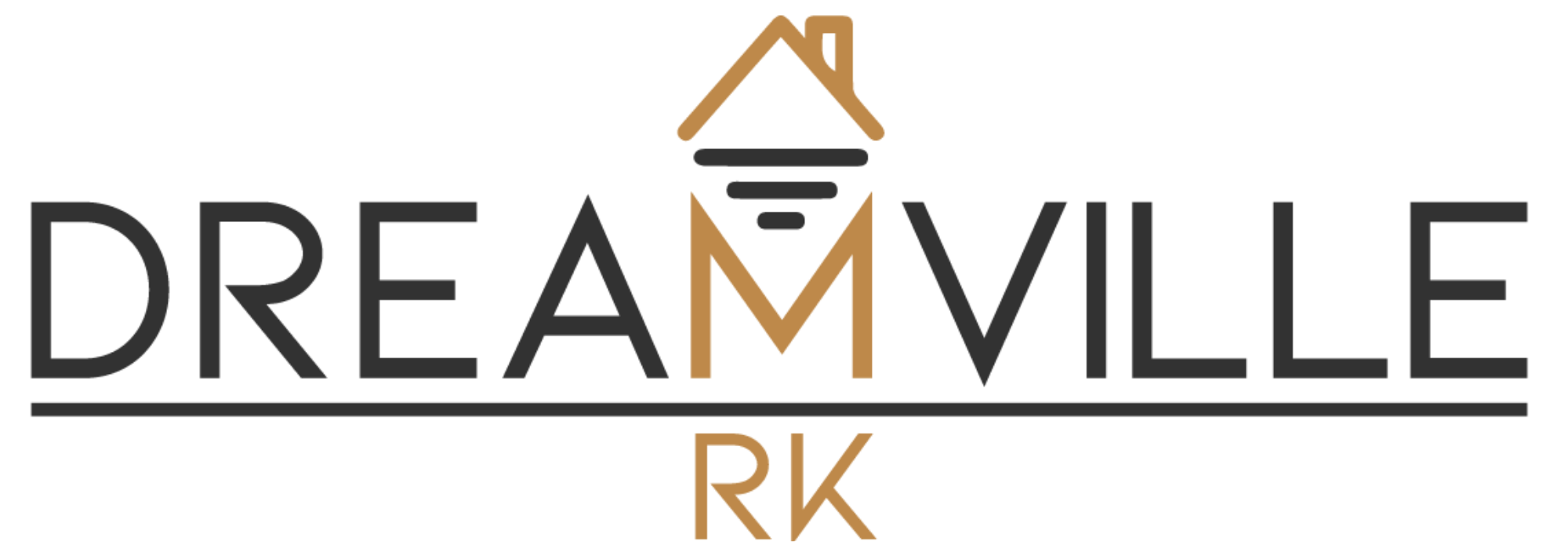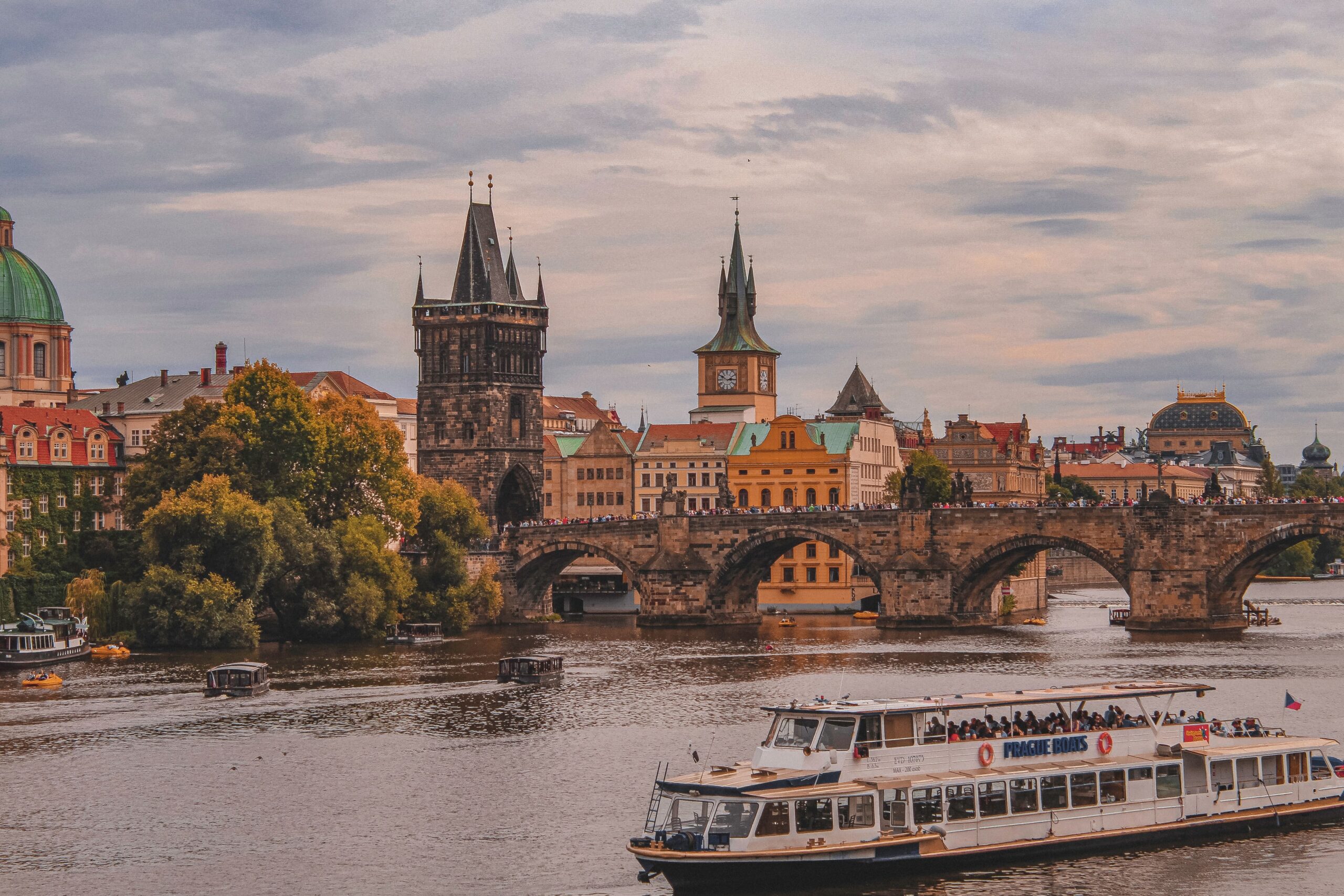Whether you are looking for an apartment which is located in the historical center, or if you prefer a family-friendly district that is safe and equipped with good schools, or perhaps the one that will support your active lifestyle, we assure you that Prague can meet your needs.
Even though the capital of Czech can be suitable for almost anyone, it is absolutely necessary to get well informed about what each part of the city has to offer, in order to make sure you choose the right one for you! Therefore, in this article, we seek to give you a brief description of some of the most important districts of Prague, and their respective neighborhoods.
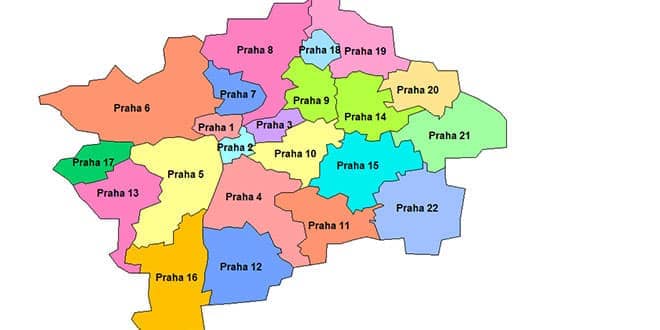
PRAGUE 1:
This district represents the very heart of the city. It encompasses some of the most popular neighborhoods, such as Staré Město, Malá Strana, and the Jewish Quarter which are characterized by their medieval appearance and many historical buildings constructed in Gothic and Baroque styles.
Staré Město (Old Town):
Staré Město is among the oldest and by far, the most beautiful district in the capital of Czech. The core of the historical center is Old Town Square, which has been the site for many political and cultural events that have shaped the history of the city ever since. Besides the famous square, in the Old Town, you can find many other tourist attractions of the city, such as the Church of Our Lady in front of Tyn, the Astronomical Clock, and many others.
REAL ESTATE ASPECTS:
Unsurprisingly, this is one of the most expensive real estate areas not only in Prague but in the entire Czech Republic. The demand is extremely high, and available residential apartments are hard to find. One of the potential downsides of purchasing a property in this area, due to the old age of buildings, is the high cost of reconstruction. Since any type of rebuilding activity in this area of Prague needs to be coordinated with the city hall, the process can become quite complicated and costly. Additionally, the possibilities for parking are greatly reduced. However, if you desire to feel the true atmosphere of the city, experience the finest establishments, and be able to reach the historical center in a very short time, this district might be the perfect place for you.
PRAGUE 2:
Prague 2 is a unique intersection of architectural styles complemented by a lot of greenery, as many of the most popular parks (Havlíčkovy sady, Riegrovy sady, park Folimanka) are located in this part of the city. It includes the Nové Město and the leafy riverside neighborhood of Vinohrady.
Vinohrady:
As its name suggests this area used to be covered in vineyards back in the 14th century. Today, this is one of the most stylish parts of the city with beautiful cafes, restaurants, vintage shops, and a very lively nightlife scene. It is located right behind the National Museum and has many historical monuments such as a neo-gothic Ludmilla church, and a beautiful nineteenth-century theater, Vinohrady Divadlo.
REAL ESTATE ASPECTS:
This district is certainly more affordable and offers a much wider choice of newer housing compared to Prague 1. Additionally, due to the wider nature of its streets, the situation with parking tends to be a lot easier in this part of the city. A large number of foreigners choose to live in this area which creates an international community and greatly affects the overall atmosphere of the district.
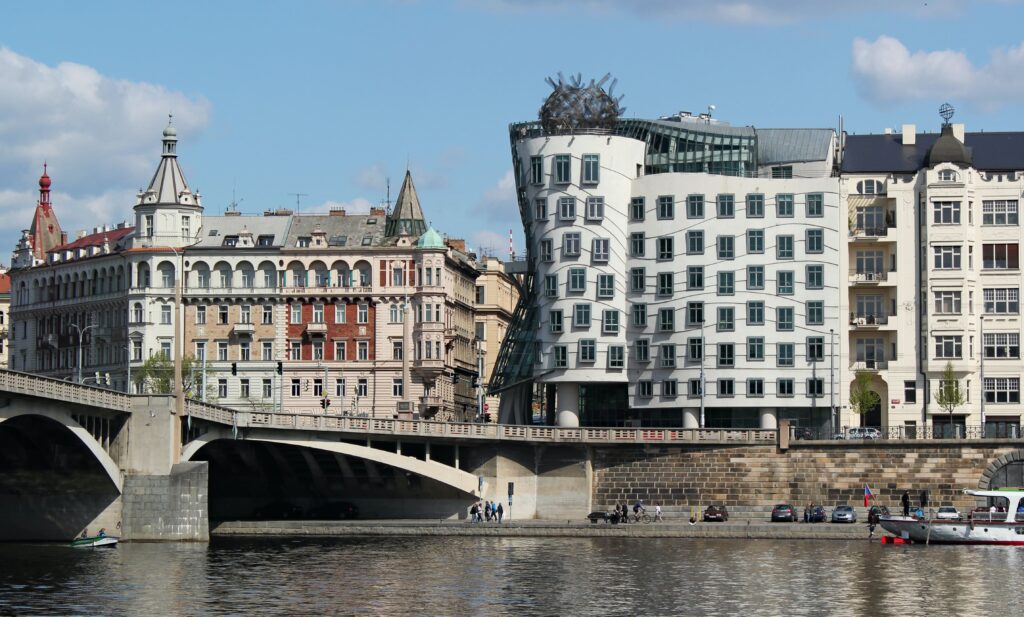
PRAGUE 3:
Although Prague 3 may not be filled with as many tourist attractions, it certainly is worth considering if you are looking for lower rental prices but still wish to stay fairly close to the city center. The most famous neighborhood in this district is called Žižkov, but it also includes other more local areas such as Vysočany and Strašnice.
Žižkov:
Named after Jan Žižka (Czech general), this part of the city has a reputation as a more local, working-class neighborhood. While its architecture may not be as spectacular as the one found in Staré Město, Žižkov still has plenty of beautiful and unique buildings such as the Church of the Most Sacred Heart of our Lord, and numerous parks. One of the largest Universities in the city (VŠE) is located in Žižkov, and as a result, many of the students choose to live here, which explains the vibrant pub culture and nightlife scene in this neighborhood.
REAL ESTATE ASPECTS:
As mentioned this district has much lower rental prices compared to Prague 1 and 2, and many consider it to be a part of the city with great prospects for further development. However, before opting to live in Prague 3 you should be aware of its infrastructure – metro stations are few and distant, so trams and buses are the main transportation means.
PRAGUE 4:
The fourth district of Prague occupies a total area of 24 km2, which makes it one of the largest in the city. It is mainly known as a residential area, consisting of neighborhoods such as Braník, Hodkovičky, Krč, Lhotka, Podolí, which are largely different from each other. Therefore, we advise you to inform yourself about each individual if you are considering investing in a property in Prague 4.
REAL ESTATE ASPECTS:
The majority of the buildings located in this part of the city are not modern, the prevailing architectural style is paneláky – panel houses built in the ’60s. Metro and tram lines are not as common in this district, making the autobus the main public transportation vehicle. However, parking is usually not a problem. When speaking about Prague 4 it is worth mentioning the neighborhood Nusle, which has been an emerging real estate target. In this area, there have been various projects for further construction of residential buildings, offices, and sports facilities raising the overall supply of apartments.
PRAGUE 5:
Prague 5 is known as an administrative district in which a large number of new residential complexes and business centers are being built every year. This leads to a constantly growing flow of people wishing to live in this part of the city, increasing the overall demand. Prague 5 is not only easily accessible by public transport – metro line B, dozens of tram and bus lines, but it also lies just beneath Prague Castle and the left bank of the river Vltava. Since the district covers a very large area, the neighborhoods in Prague 5 tend to be very versatile.
REAL ESTATE ASPECTS:
If you are interested in a faster pace of life we advise you to look at the Smíchov area which has many new buildings, a large shopping mall and good connection with the city center. On the other hand, if you are looking for a quieter place to stay, try considering more distant neighborhoods such as Stodůlky, Jinonice and Košíře. Since it is so close to Malá Strana, but doesn’t actually belong to Prague 1, this district offers a very good value accommodation for its distance from the center.
PRAGUE 6:
The sixth district of Prague which is located in the north-west of the city center is the largest one occupying about 41.54m². There are many prestigious neighborhoods in this part of the city, the most famous one being Djevice. Furthermore, Prague 6 is home to most of the international kindergartens and schools including Global Preschool, Green Tree, ISP, and Riverside.
REAL ESTATE ASPECTS:
As mentioned, this district has the reputation of a luxurious residential area that offers both apartment houses built in the 20th century, as well as many modern residences and villas. The whole area is very well connected with the city center by both tram and metro lines that stop at Vítězná square, a very important thoroughfare in Prague 6.
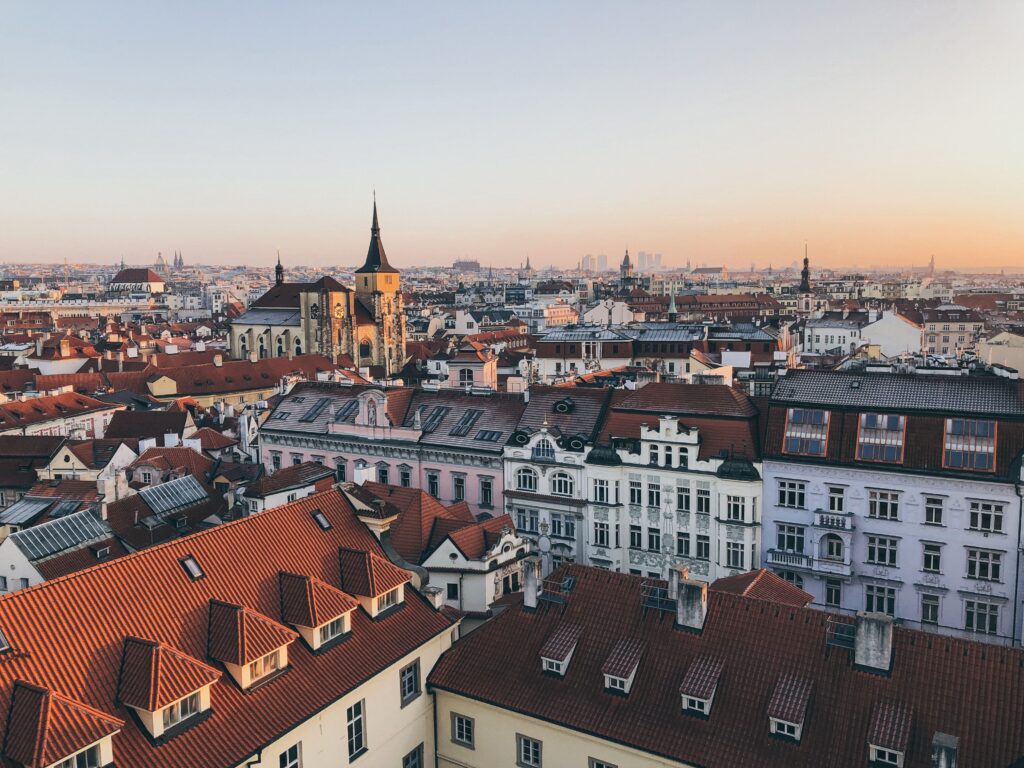
PRAGUE 7:
This is one of the smallest districts in the city; nonetheless, it represents a very important part of the capital due to its creative and artistic reputation. It stretches along the left bank of the river Vltava and includes 2 of the biggest parks in the capital – Letná and Stromovka. Other attractions in Prague 7 include the stadium of the Czech football club AC Sparta, the Cultural Center – DOX for Contemporary Art, and many museums.
REAL ESTATE ASPECTS:
In Prague 7 there are no panel houses, most of the buildings are made out of brick – the old ‘činžovní’ (small condominiums) apartment buildings, or the emerging new flats which offer a wide choice of housing in this area. Additionally, in this district, there are many office buildings and a great presence of foreign residents.
Prague is officially divided into 18 districts and 22 neighborhoods, and as one moves further away from the city center into the districts beyond the 7th, the prices of housing keep getting lower. However, one should keep in mind that at the same time, these areas offer less accessibility and fewer public transportation connections.
In conclusion, the division of the city into different districts facilitates a better understanding of the unique characteristics that each area of Prague offers, thus making it easier to find the best choice. We hope that this article has assisted you in understanding which part of the city is the best fit for you. If you have any further questions or doubts about the real estate options in these areas, don’t hesitate to contact us!
